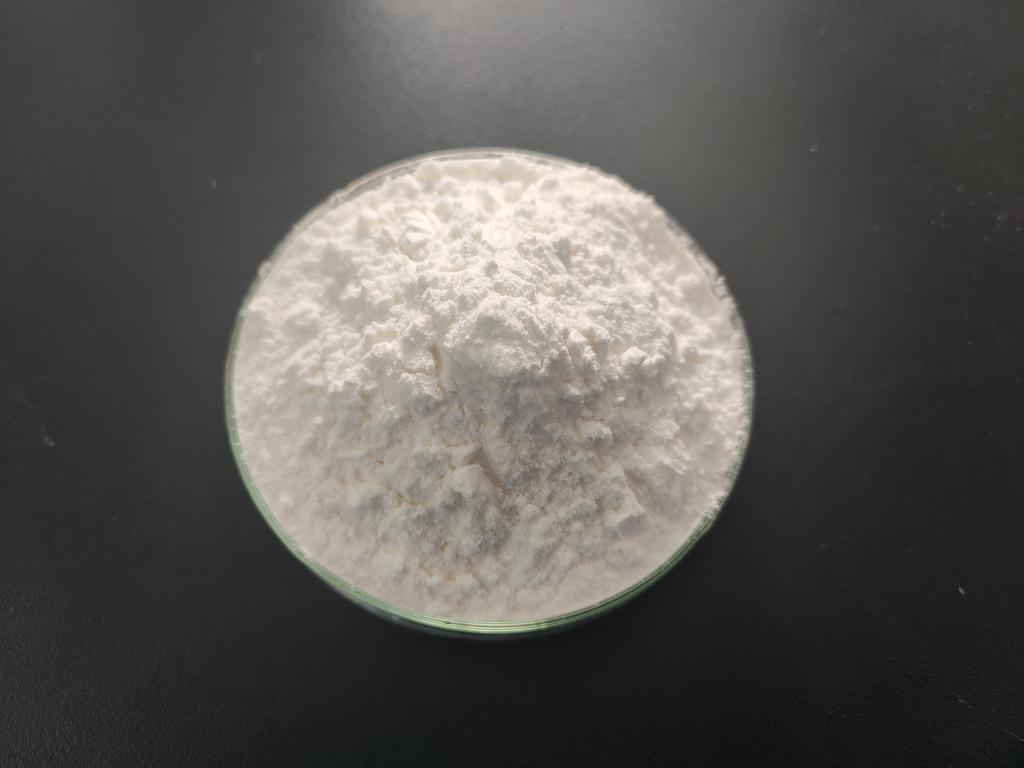Tel:+8618231198596

News
 CONTACT
CONTACT
 CONTACT
CONTACT
- Linkman:Linda Yao
- Tel: +8618231198596
- Email:linda.yao@dcpharma.cn
- Linkman:CHARLES.WANG
- Department:Overseas
- Tel: 0086 0311-85537378 0086 0311-85539701
News
ε-Polylysine hydrochloride's use in reducing microbial contamination in water systems.
TIME:2024-05-15
1. Introduction:
Access to clean and safe water is essential for human health, sanitation, and sustainable development. However, microbial contamination in water systems, including drinking water supplies, wastewater treatment facilities, and recreational water bodies, remains a significant concern worldwide. Microorganisms such as bacteria, viruses, and protozoa can cause waterborne diseases and environmental pollution, highlighting the need for effective methods of microbial control. ε-Polylysine hydrochloride (ε-PL) emerges as a promising antimicrobial agent for reducing microbial contamination and improving water quality in various water systems.
2. Mechanisms of Action:
ε-PL exerts its antimicrobial activity by disrupting microbial cell membranes, inhibiting cell growth, and interfering with cellular functions. It binds to negatively charged components on the microbial cell surface, leading to membrane permeabilization and leakage of intracellular contents. Additionally, ε-PL may interfere with microbial DNA replication and protein synthesis, further inhibiting microbial proliferation. The broad-spectrum antimicrobial activity of ε-PL makes it effective against a wide range of microbial contaminants commonly found in water systems.
3. Applications in Water Treatment:
ε-PL has been successfully applied in various water treatment processes to reduce microbial contamination and improve water quality. It can be added directly to water during treatment or applied as a surface disinfectant to control microbial growth in distribution systems. Studies have shown that ε-PL effectively reduces bacterial counts, inactivates viruses, and eliminates protozoan parasites, thereby reducing the risk of waterborne diseases and ensuring safe drinking water supplies.
4. Efficacy in Microbial Reduction:
Research on the efficacy of ε-PL in reducing microbial contamination in water systems has yielded promising results. Studies have demonstrated that ε-PL effectively reduces microbial counts, including pathogenic bacteria, viruses, and protozoa, in various water matrices, such as drinking water, wastewater, and recreational water bodies. Furthermore, ε-PL's compatibility with other water treatment technologies, such as filtration and ultraviolet (UV) disinfection, enhances its efficacy in achieving comprehensive microbial control.
5. Environmental and Health Considerations:
The use of ε-PL in water treatment raises considerations regarding its environmental impact and potential health risks. Studies have shown that ε-PL is biodegradable and non-toxic to aquatic organisms at recommended concentrations, minimizing its environmental footprint. Additionally, ε-PL's low systemic toxicity and rapid degradation in the environment reduce the risk of adverse health effects on humans and wildlife. However, further research is needed to evaluate ε-PL's long-term effects on aquatic ecosystems and human health.
6. Future Directions and Challenges:
Future research on ε-PL in water treatment should focus on optimizing formulation parameters, evaluating its long-term effects on water quality and ecosystem health, and assessing its cost-effectiveness compared to conventional water treatment methods. Challenges such as scalability of production, regulatory approval, and public acceptance need to be addressed to facilitate ε-PL's widespread adoption by water treatment facilities and regulatory agencies. Collaborative efforts between researchers, water utilities, and policymakers are essential for overcoming these challenges and unlocking the full potential of ε-PL in mitigating microbial contamination in water systems.
7. Conclusion:
ε-Polylysine hydrochloride holds promise as a natural and effective antimicrobial agent for reducing microbial contamination in water systems. Its broad-spectrum antimicrobial activity, compatibility with water treatment technologies, and environmental safety make it a valuable tool for ensuring clean and safe water supplies. With further research, optimization, and regulatory approval, ε-PL has the potential to revolutionize water treatment practices, leading to improved water quality, enhanced public health, and sustainable development.
- Tel:+8618231198596
- Whatsapp:18231198596
- Chat With Skype







